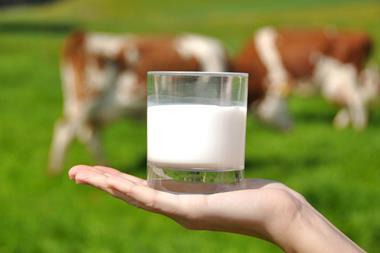Get a group of new parents together and the conversation inevitably turns to baby poo. Its consistency, frequency, smell, colour – they rarely hold back on the details. Part of it stems from being too exhausted to have anything better to talk about. At the same time, society is becoming increasingly aware that our faeces provide a window into the state of our health, and babies are no exception.

Advances in recent decades have allowed scientists to isolate and sequence the genomes of microorganisms living in and on our bodies. This in turn has confirmed that our microbiome is inextricably linked to our health. But this is an idea scientists have been toying with for a while. Towards the end of the 19th century, paediatricians and microbiologists first observed differences in the bacterial composition of faeces from breastfed and formula-fed infants. Around that time, infant mortality rates were as high as 30% in some US cities and breastfed babies had a much higher chance of survival than formula-fed ones. Researchers therefore began searching for evidence of a link between infant health, intestinal bacteria and feeding regimes.
As Nina Notman reports in her feature on breast milk and infant formula, we now know that human milk contains many complex oligosaccharides. Scientists initially thought it absurd that humans would have evolved to produce 5–25g/l of something that passes through a baby’s intestine undigested. Research has since uncovered that human milk oligosaccharides modulate infant health through a variety of direct and indirect mechanisms – many of them to do with bacteria in the gut. As a result, some formula milk makers have added certain human milk oligosaccharides to their products in the hope that it will benefit their infant consumers.
Of course human milk oligosaccharides aren’t the only health-giving ingredients in breast milk. As well as containing proteins, lipids and vitamins, it also contains antibodies, growth factors, hormones, cytokines, chemokines and microRNA. MicroRNAs are pieces of non-coding RNA, about 18–24 bases long. Originally thought to be junk genetic material, they are now understood to regulate gene expression. Being so small means detecting them is challenging and it was only in 2010 that they were first identified in breast milk. Research on microRNA, and its role in infant health, is gearing up for a growth spurt.
Increasingly sophisticated analytical techniques mean we are becoming better equipped to characterise the components of breast milk and how they change as babies grow. Exactly what all of these components do is not entirely clear, but it seems unlikely that humans evolved to make them without a good reason. Next time a new parent begins the latest exposé on the contents of their baby’s nappies, why not redirect the conversation to something more salubrious – the chemistry of breast and formula milk.












No comments yet